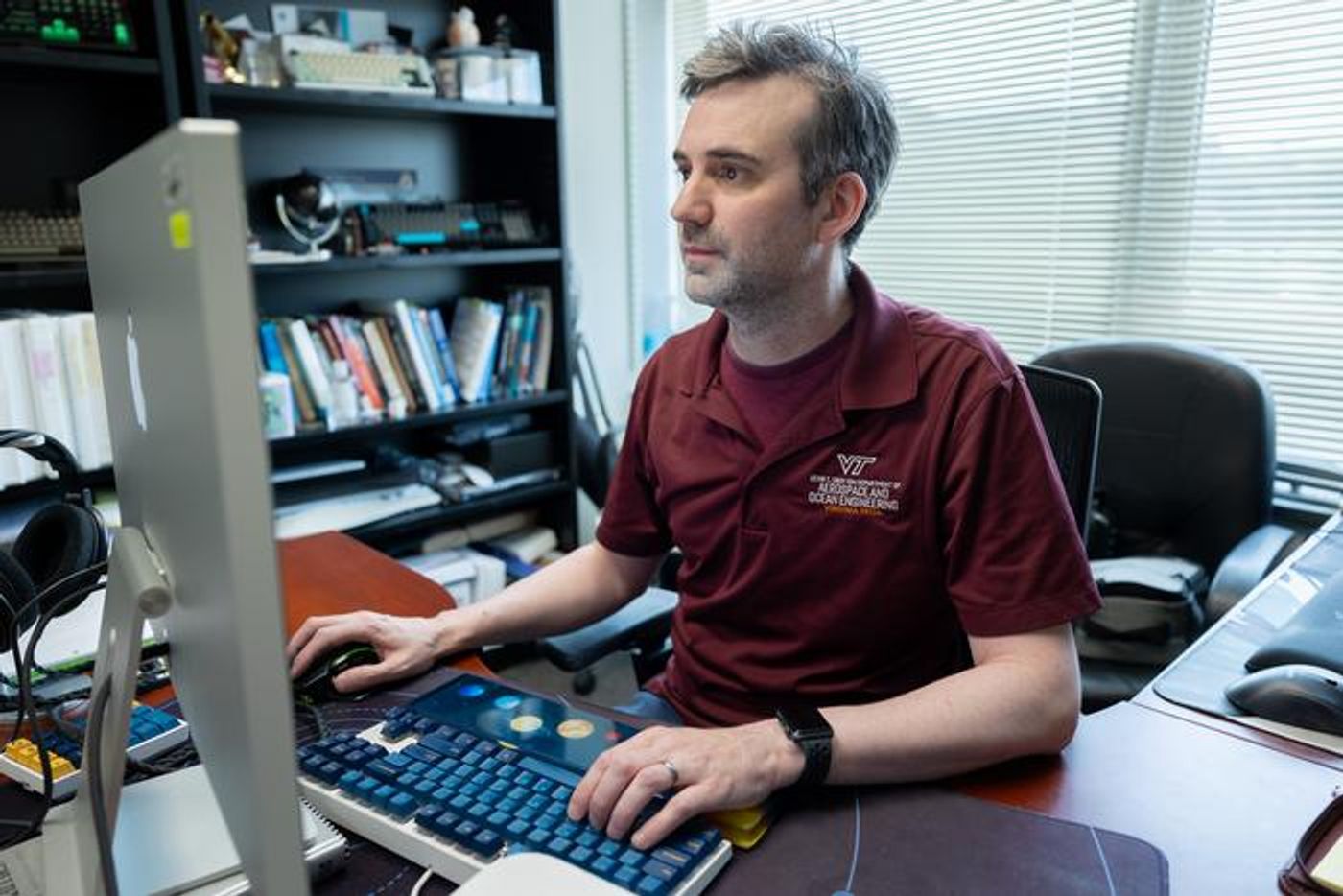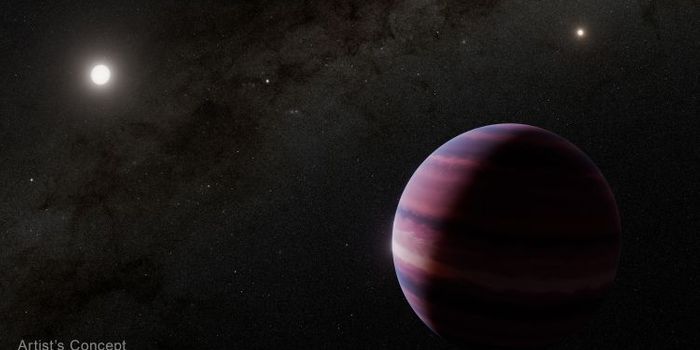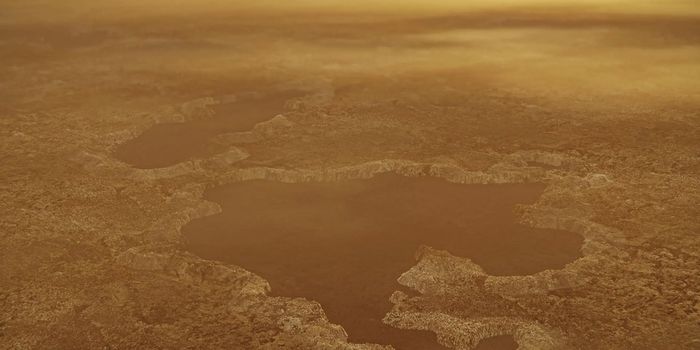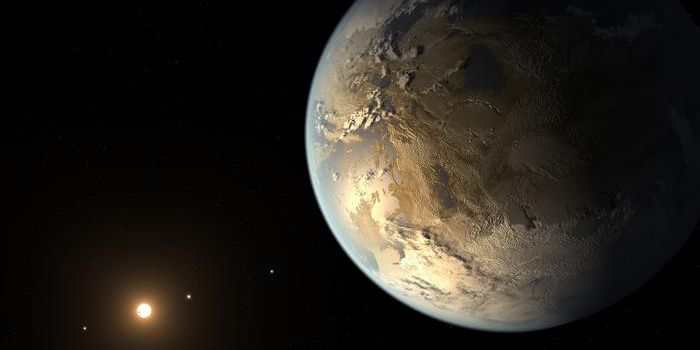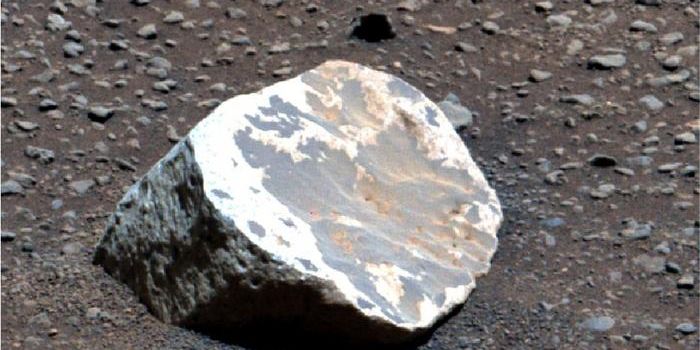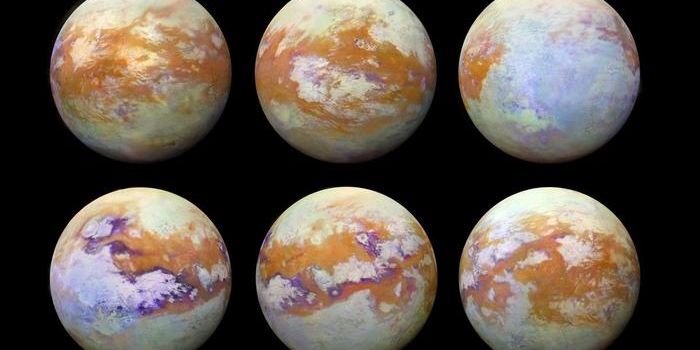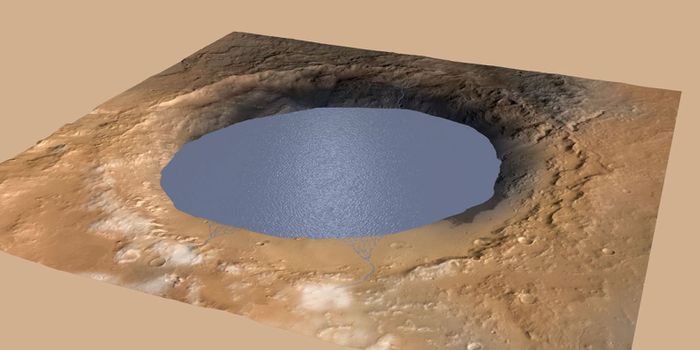Geomagnetic Storm Brings Northern Lights to Unlikely Locations and Disrupts GPS
How do powerful geomagnetic storms from the Sun influence the Earth’s atmosphere? This is what two separate studies (Karan et al. (2024) and Evans et al. (2024)) published in Geophysical Research Letters hopes to address as a team of researchers investigated how the geomagnetic storm that occurred between May 10-12, 2024—resulting in worldwide aurorae—impacted the Earth’s thermosphere, which is the Earth’s upper atmosphere extending approximately 70 miles to 130 miles above the Earth's surface. This study holds the potential to help researchers better understand the short- and long-term effects of geomagnetic storms on the Earth’s atmosphere and how this could influence activities on the surface.
“The northern lights are caused by energetic, charged particles hitting our upper atmosphere, which are impacted by numerous factors in space, including the sun,” said Dr. Scott England, who is an associate professor in the Kevin T. Crofton Department of Aerospace and Ocean Engineering at Virginia Tech and a co-author on both studies. “During solar geomagnetic storms, there’s a lot more of these energetic charged particles in the space around Earth, so we see a brightening of the northern lights and the region over which you can see them spreads out to include places like the lower 48 states that usually don’t see this display.”
Dr. Scott England, co-author on both studies. (Credit: Ben Murphy for Virginia Tech)
For the study, the researchers analyzed images obtained by NASA's Global‐scale Observations of the Limb and Disk (GOLD) mission to ascertain the impacts the May 2024 geomagnetic storm had on atmospheric temperature, composition, and worldwide circulation. In the end, the team observed some unique features within the Earth’s atmosphere due to the geomagnetic storm, including low and high energy charged particles, the latter of which can harm astronauts, random movement changes in low energy charged particles between the equator and the aurora, temperature and pressure changes, random locations and dispersal of low energy particles that can damage satellites, GPS, and power grids on the surface.
“As the aurora intensifies, you see more lights, but along with that, there’s more energy entering the atmosphere, so it makes the atmosphere near the poles very hot, which starts to push air away from the poles and towards the equator,” said Dr. England. "This data poses a lot of questions like, did something really different happen during this geomagnetic storm than has happened previously, or do we just have better instruments to measure the changes?"
This data could help researchers better predict solar storms in the future, which could result in better protection for satellites, astronauts, and surface activities, as well.
What new discoveries will researchers make about geomagnetic storms in the coming years and decades? Only time will tell, and this is why we science!
As always, keep doing science & keep looking up!
Sources: Geophysical Research Letters, Geophysical Research Letters (1), EurekAlert!
